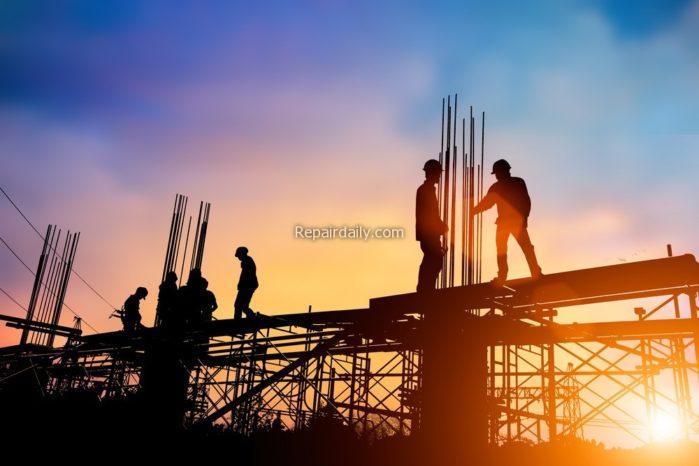

construction work
Trends in the Manufacturing and Construction Industries
Success in large manufacturing and construction projects is about creating the right plan, having the tools to turn it into a reality, and executing it with diligence and efficiency. When all three things happen, the result is magnificent, awe-inspiring buildings like the Burj Khalifa in the city-state of Dubai, the International Space Station, the Golden Gate Bridge, or the Gardens by the Bay complex in Singapore.
Human ingenuity has no limits, and with the accelerated pace of technological development, whatever a man can dream, chances are he will be able to build it. In addition, companies in various industries and business fields are now working hand-in-hand with heavy industry suppliers of all kinds of machines for a long list of purposes. This includes cranes, compact track loaders, light towers, and hydraulic drills for commercial and residential projects, dams, and public transportation systems.
As such, bringing something to life, no matter how outrageous or unbelievable it may seem, is a concept far closer to reality than anyone could have ever imagined.
As we consider these and other factors, let us explore some of the most important trends in the manufacturing and construction industries today.
Global Collaboration
The Jubail II in Saudi Arabia, Dubailand, and the Linear Chuo Shinkansen in Japan are three of thebiggest construction projectscurrently in development. They are scheduled for completion in 2024, 2025, and 2027 respectively. And like all great things in this world, they cannot be accomplished by one person, one company, or even one country alone.
Instead, they need the collaborative efforts of several enterprises with expertise in various areas working together towards a common goal. They require the collective minds of Japanese, Middle Eastern, American, and European minds if they are to flourish and come into existence.
Depending on whom you ask, there are those in favor and those againstglobalization in business. The former understand the importance of interdependence and the need to share existing resources for the common good. For the latter, it’s about maintaining cultural independence and ensuring governments and the private sector work for the benefit of their own citizens.
Regardless of what school of thought you follow, one thing cannot be denied. As far as construction goes, the best strategy from a financial perspective and in terms of risk is sharing the burden with others. Furthermore, collaboration allows for the acquisition of the best information available, regardless of where it may come from.
Automation, Sustainability, and Development
The United Nations Department of Social and Economic affairs website lists the 17 most importantsustainable development goalsfor 2030. Among others are sustainable cities and communities, industry, innovation, and infrastructure and affordable and clean energy.
Let us look into all three of them in detail concerning the construction and manufacturing industries.
A sustainable city or community is a place where everything is in balance with everything else. It includes the natural environment and the people living inside it and the mechanisms they use in their everyday lives. Also, it is a locale with little to no need for external assistance. In essence, it can supply itself with everything it needs.
In the matter of construction, this means environmentally-friendly buildings that minimize water and air pollution and use alternative energy sources such as water and electricity.
The same is true for manufacturing. Instead of utilizing old machines that require tremendous amounts of energy and high maintenance costs, they use available technology to make processes easier and faster with better results. Common examples includeartificial intelligencesystems for remote control of manufacturing facilities and energy-efficient robots that handle dangerous tasks and produce greater output at a fraction of the price.
As we have seen, there are two trends currently driving the construction and manufacturing industries. The first is the basic need for global collaboration in construction projects requiring vast financial resources and many capabilities. The second is the integration of technology, environmental-friendliness, and sustainability in city planning and the production of all kinds of goods.
In the 21st century, we live in a world filled with challenges. From climate change and a raging pandemic to issues with education, unemployment, and social justice, there are forces us from all sides. Still, the places we live in and the products and services we buy continue to drive national economies forward. They remain the foundation of our development as societies and the level of progress we make as human beings.
As a result, whatever we decide to do in these two specific areas in the next few years and decades will have a greater influence on our lives than we could imagine.
